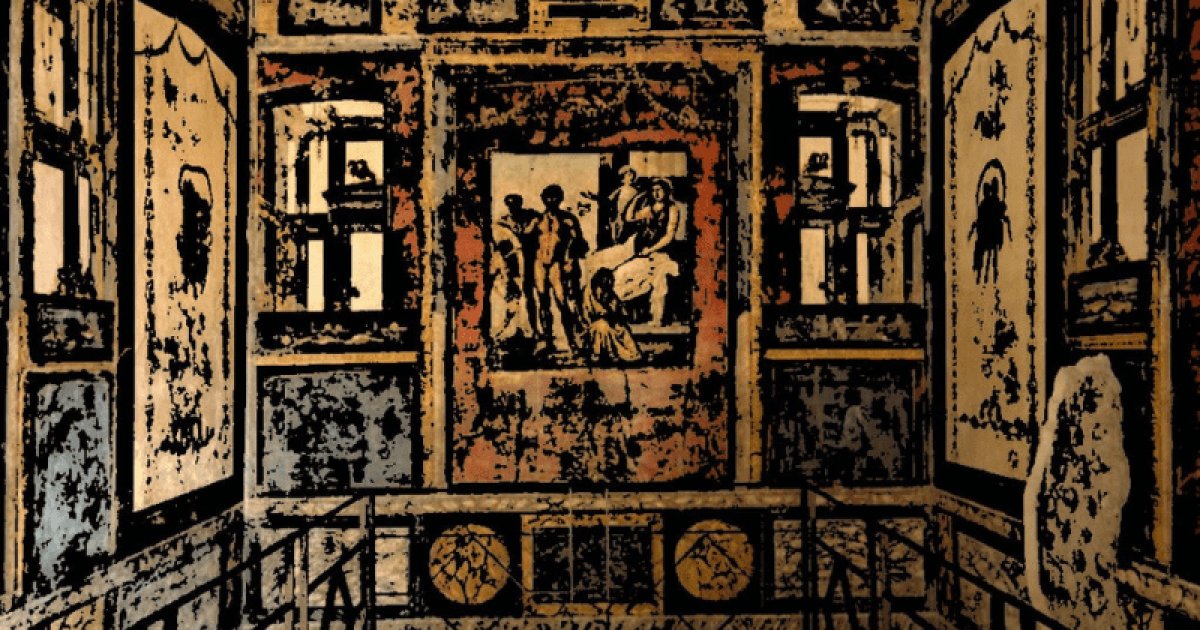HOUSE OF VETTII-REGIO VI, House Of Vettii-Regio Vi
 Language: English / USA
Language: English / USA
The owners of this opulent domus were two freedmen, the brothers Aulus Vettius Conviva and Aulus Vettius Restitutus, known today as the Vettii.
The two former slaves, who became wealthy landowners, were mainly involved in trading agricultural products and wine.
In order to create this large mansion, they had joined two pre-existing ones and created a large garden inside, adorned with statues and fountains, around which the most important rooms opened up.
Before you begin your visit, I want to point out two curious elements that you will find at the entrance.
First, you will notice a particular painting depicting the god of prosperity, Priapus, depicted, as was customary, with an enormous phallus.
Today, such an image would scandalize any guest, but for the Romans of 79 AD, phallic symbols were very common and always linked to positive meanings.
Observing the painting you will notice that Priapus rests his massive member, symbol of health, on the plate of a scale, while on the opposite plate is a sack full of coins of the same weight, representing wealth. The basket of fruit at the god's feet also indicates prosperity. The painting, placed right at the entrance of the domus, was therefore more or less a great good luck charm.
The second particular element is an inscription that reads: 'Eutychis..., a Greek lady of refined manners, is granted for two coins'.
This meant that, upon entering the domus, guests, customers or servants who had come from any shop to deliver goods, could take advantage of the slave girl mentioned in the graffito and provide additional income for the wealthy owners of the house.
If you are wondering where the act took place, you will find, in a small room next to what used to be the kitchen in those days, unmistakable erotic paintings.
Beyond the entrance hall, in the spacious atrium and corridors, you will discover valuable paintings with mythological themes, but the most beautiful frescoes are to be found in the rooms around the peristyle, including a hall in which the so-called Frieze of the Cupids stands out, depicting putti engaged in various commercial activities.
Here's an interesting fact: To help you understand how common phallic symbols were for the ancient Romans, you should know that it was very common to find good luck charms of this shape, made of bronze, hanging at the entrance to shops, which jingled cheerfully as customers passed by, warding off evil spirits and bad luck. They were called tintinnabula.



